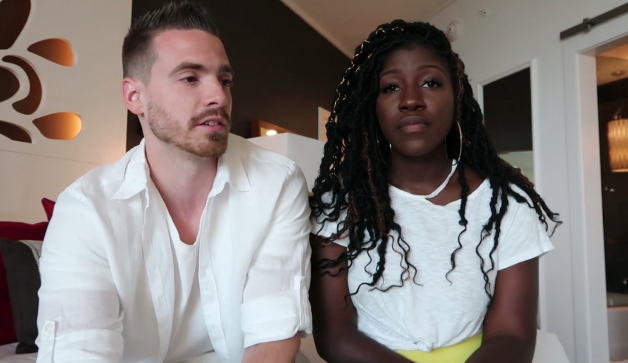
The Caribbean is often portrayed as a paradise, a haven of white sandy beaches, clear turquoise waters, and vibrant cultural traditions. The Cayman Islands, a beautiful British Overseas Territory, is no exception. However, beneath the postcard-perfect image, there exists a less-discussed reality—one that includes the complex issue of colorism. This story is a continuation of our discussion on how colorism manifests in the Cayman Islands and how, for many, travel serves as both an escape and an eye-opener to these realities.
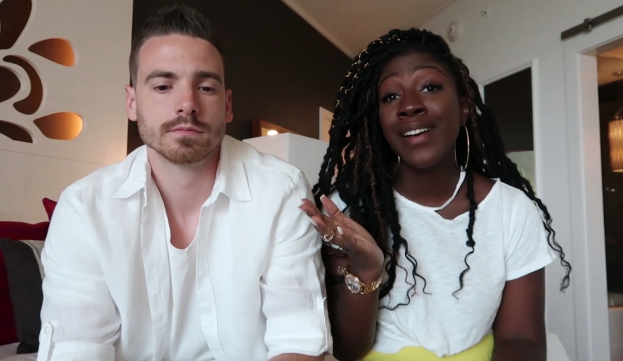
A Glimpse into Colorism in the Cayman Islands
Colorism, the preferential treatment of lighter skin over darker skin within the same racial or ethnic group, is not unique to the Cayman Islands. It is a remnant of colonial history, deeply rooted in Caribbean societies where European beauty standards were imposed, and lighter skin was associated with privilege, wealth, and social status.
Growing up in the Cayman Islands, you notice early on how skin tone plays a role in shaping people’s experiences. It’s in the compliments favoring “fair” or “light-skinned” children, the biases in hiring practices, and the unspoken rules of desirability in dating and social interactions. The remnants of colonialism still linger in the way people view beauty, success, and social mobility.
In school, students with lighter skin might receive more positive attention, while those with darker complexions may be subtly—or sometimes explicitly—made to feel less attractive or even less capable. Even within families, there are instances where lighter-skinned relatives are favored, while darker-skinned members may be subjected to casual but hurtful remarks about their appearance.
One of the most telling aspects of colorism in the Cayman Islands is how it plays out in the workplace. There’s a perception that lighter-skinned individuals, particularly those with European features, have an easier time securing jobs, especially in industries like tourism, customer service, and corporate business. Meanwhile, those with darker skin may feel they have to work twice as hard to be seen as equally competent.
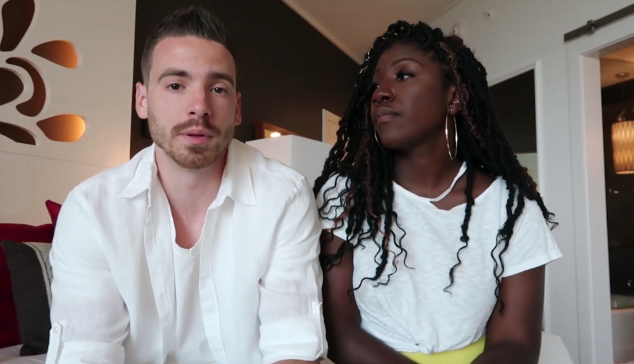
Why Do We Travel So Much?
For many people from the Cayman Islands and other parts of the Caribbean, travel is more than just a leisure activity—it’s a means of exploration, escape, and self-discovery. Traveling provides a way to break free from societal expectations and experience the world beyond the racial and social constructs of home.
Many Caribbean people travel in search of better job opportunities, further education, or simply a change of scenery from the small island life. But for those who have experienced colorism firsthand, traveling can also be an opportunity to redefine their identity. Stepping outside the environment where colorism is so deeply ingrained allows individuals to see themselves through a different lens—one that isn’t dictated by colonial history or local biases.
For example, visiting places where diversity is embraced or where different standards of beauty exist can be an eye-opening experience. A dark-skinned woman who has been made to feel less attractive in the Cayman Islands might travel to Africa or the United States and suddenly find herself celebrated for her complexion. A man who struggled to get promotions at home due to underlying biases might find equal opportunities elsewhere based solely on his skills and experience.
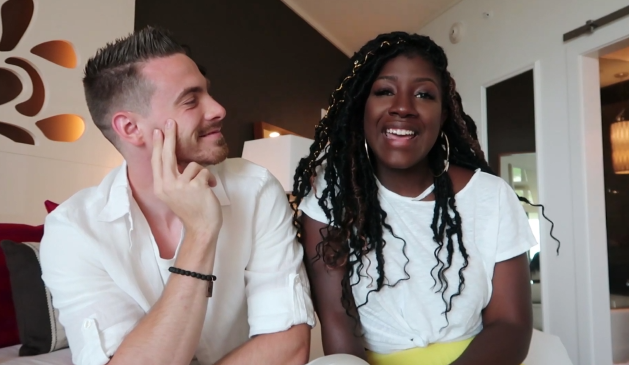
Traveling to Challenge Perceptions
Travel also exposes people to different cultures and attitudes about race and color. For someone from the Cayman Islands who has internalized colorist ideas, spending time in a country where those ideas don’t exist—or where they are openly challenged—can be a transformative experience.
For instance, in some parts of Latin America, mixed heritage is embraced in a way that differs from the rigid color hierarchy found in the Caribbean. In cities like Rio de Janeiro or Mexico City, a variety of skin tones, hair textures, and body types are represented in media and everyday life, offering a refreshing contrast to the beauty ideals of the Caribbean.
Similarly, in places like London or Toronto—cities with large Caribbean diasporas—there is a greater acceptance of diversity within the community itself. Here, people of all shades celebrate their heritage without the same emphasis on lighter skin being superior.
The Complicated Relationship with Home
Despite the challenges of colorism, there is a deep love and connection to home for many people from the Cayman Islands. The islands have a unique charm, a sense of community, and a rich cultural identity that can’t be found anywhere else.
However, for those who leave and experience a different way of living, returning home can be complicated. They may find themselves questioning long-held beliefs or struggling to reintegrate into a society where colorism still dictates social and economic interactions. Some return with a renewed sense of confidence, refusing to conform to outdated standards, while others continue to wrestle with the internalized messages they grew up with.
The goal, for many, is not to abandon their home but to help reshape it. By bringing back new perspectives, challenging discriminatory practices, and celebrating all shades of beauty, those who travel can contribute to dismantling the structures that uphold colorism in the Cayman Islands.
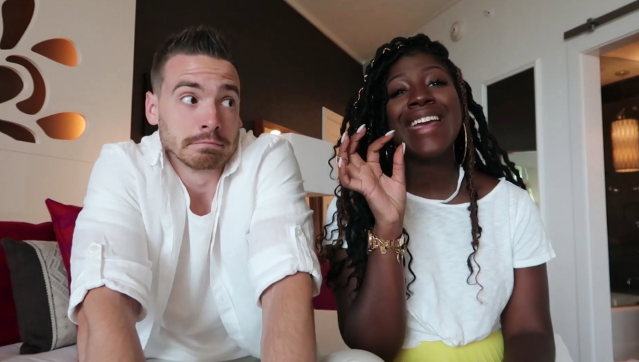
Moving Forward
Colorism is a deeply ingrained issue, but awareness and dialogue are the first steps toward change. By sharing stories, challenging biases, and embracing the diversity of beauty and talent within the Caribbean community, we can begin to move toward a more inclusive society.
Travel, in many ways, is a tool for growth. It allows us to see the world beyond the narrow definitions imposed by history and culture. For those who experience colorism, traveling can be a means of healing, empowerment, and even activism. When we return home, we bring with us not just souvenirs, but new ideas and a broader vision for what our society can become.
The Cayman Islands, like many places, is evolving. Conversations about colorism, representation, and equality are becoming more common, especially among younger generations who refuse to accept outdated prejudices. With continued awareness, education, and a willingness to challenge the status quo, there is hope for a future where all shades are valued and celebrated, and where love for oneself is not determined by the fairness of one’s skin, but by the richness of one’s character and spirit.
Until then, we keep traveling—not just to escape, but to learn, to grow, and to return home with the vision to create change.


